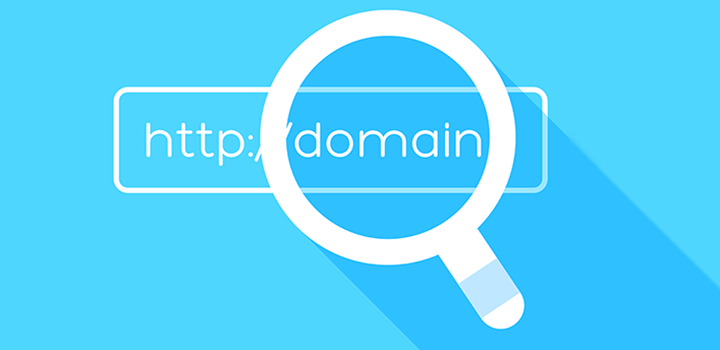The EU in its “NIS2” legislation making its way through the European Parliament has made provisions to ban anonymous registration of domain data in a bid to boost security and anti-piracy efforts.
It seeks to ensure the availability of accurate, verified and complete domain name registration data by imposing it on TLD registries and entities providing domain name registration services to request domain name registration data.
In short, the proposals will require registrars to demand a valid email address and telephone number, in addition to the registrant’s name and physical address, which were required before.
Privacy activists have warned that the proposals could endanger activists by removing online anonymity, but security experts welcomed the legislative move.
DomainTools senior security researcher, Chad Anderson has argued that: “This change in posture shows just how important registrant information can be for defenders. We’ve certainly found other ways of fingerprinting actors based on tactics, techniques, and procedures (TTPs), but taking down large swaths of domains tied to a single individual is much quicker when they can actually be tied to that individual, and time is increasingly of the essence,” argued
“For those that say this will be a hit to whistleblowers and activists: that’s hogwash as they should all be using Tor and pre-built sites anyways to protect their anonymity. If anything, this will force their hand to use better operational security.”
Other arguments against the proposals are that cyber-criminals will gravitate to registrars outside the EU where there’s more opacity in domain registrations.
However, Anderson claimed that this misses the point.
“Defensive work is never about eliminating the threats, it’s about making it so expensive that the threat cannot operate,” he said.
“This raises the bar and makes it expensive for easy cyber-criminality like business email compromise (BEC) and credential phishing campaigns. Additionally, this reduces the attacking area left to monitor as it reduces the number of registrars that attackers can use.”

